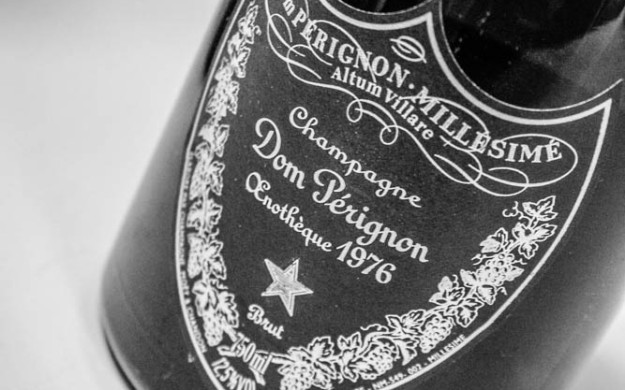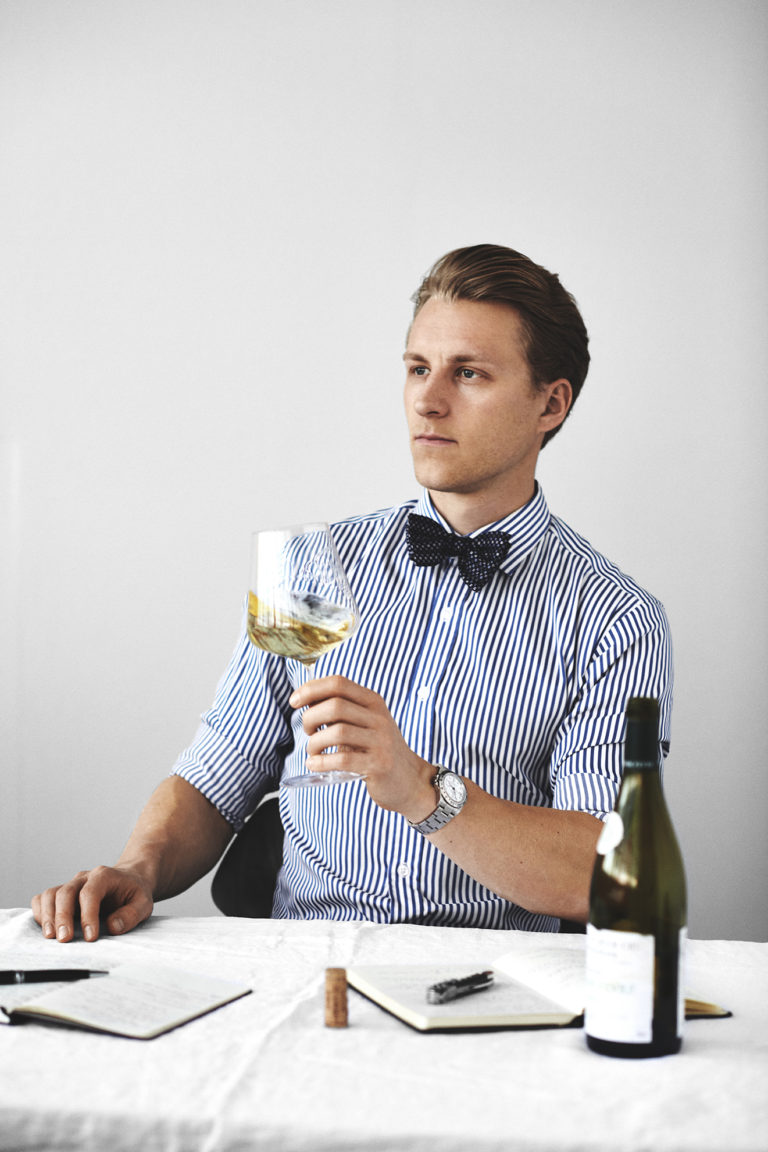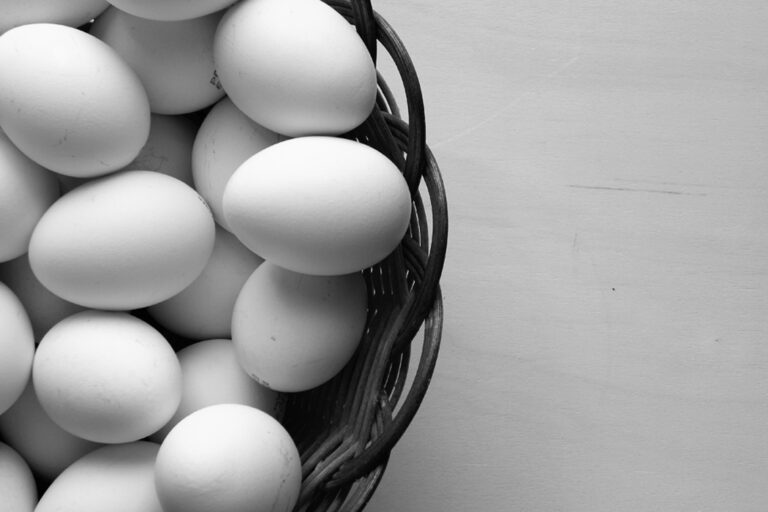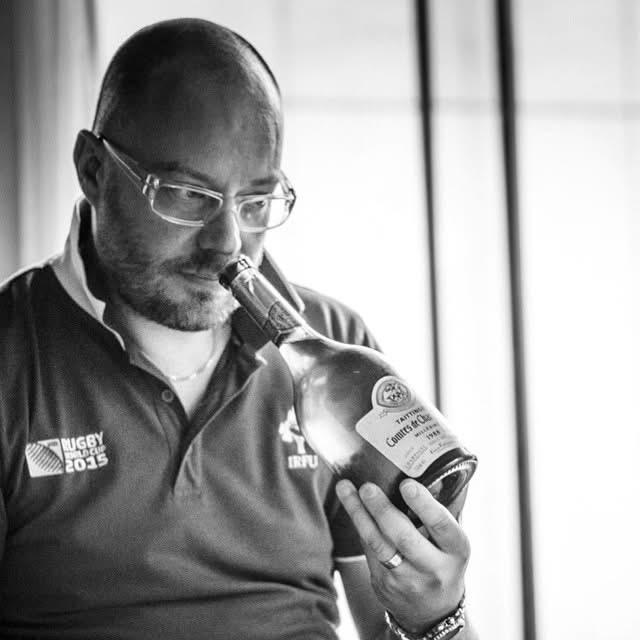The bus left for l’Abbaye d´Hautvillers. We stoped at Champagne Dom Pérignon in Hautvillers and together with the world´s most famous winemaker Richard Geoffroy we tasted several vintages of regular Dom Pérignon and the rare black labeled Dom Pérignon Oenothèque.
RJ ON DP Dom Pérignon – the name alone makes most of us break out in a delightful smile. When we think of this 17th-century monk from Hautvillers – so often pointed out as the father of Champagne – we either regard him with historical reverence, or associate his name with the proudest of all wine labels and everything else that follows in its glamorous, sparkling wake. Just imagine all the classic movie scenes that have been sweetened by a bottle of Dom Pérignon. Bond movies usually spring to mind. Countless times I’ve sat and sighed over agents with a license to kill: villains and exquisite women in seductively luxurious surroundings, all revelling in icy Dom Pérignon. Most champagne enthusiasts have their favourite scene. Mine is when Scaramanga, the man with the golden gun, shoots the cork off a bottle carried on a tray by his dwarfish servant Nic-Nack, along a now-famous Thai beach. The most comical scene must be when Sean Connery is served a 1957 Dom Pérignon, a vintage that never existed. Brilliant research!

Back in 1936, Moët & Chandon’s marketing director Robert-Jean de Vogüé could not possibly have imagined what he had done when he dreamed up the idea of the world’s first prestige champagne – a champagne with a sky-high price that was supposed to be even better than the vintage wine, along with a spectacular look that won respect and prompted extravagant enjoyment. Once he got the idea, Vogüé of course couldn’t wait to sell Dom Pérignon. The problem was, if the champagne was supposed to be as exceptional as he claimed, it should be at least 15 years old. The only solution was to bring out Moët’s foremost 1921 vintage and decant the wine into the new bottles. This “transversage process” was not especially kind to the wine, and not until the 1943 vintage, or possibly the 1937, was the wine actually decanted straight into the curvy bottle. This means that all tasting of the first vintages of Dom Pérignon are more of a curiosity than of pure pleasure. Rather unsentimentally, I look more to the quality of the wine than anything else, so it is natural for me to choose instead this era’s usual vintages.
Subscribe for 5.9€ a month for full access to the Tasting Library, exclusive articles, videos events and more





